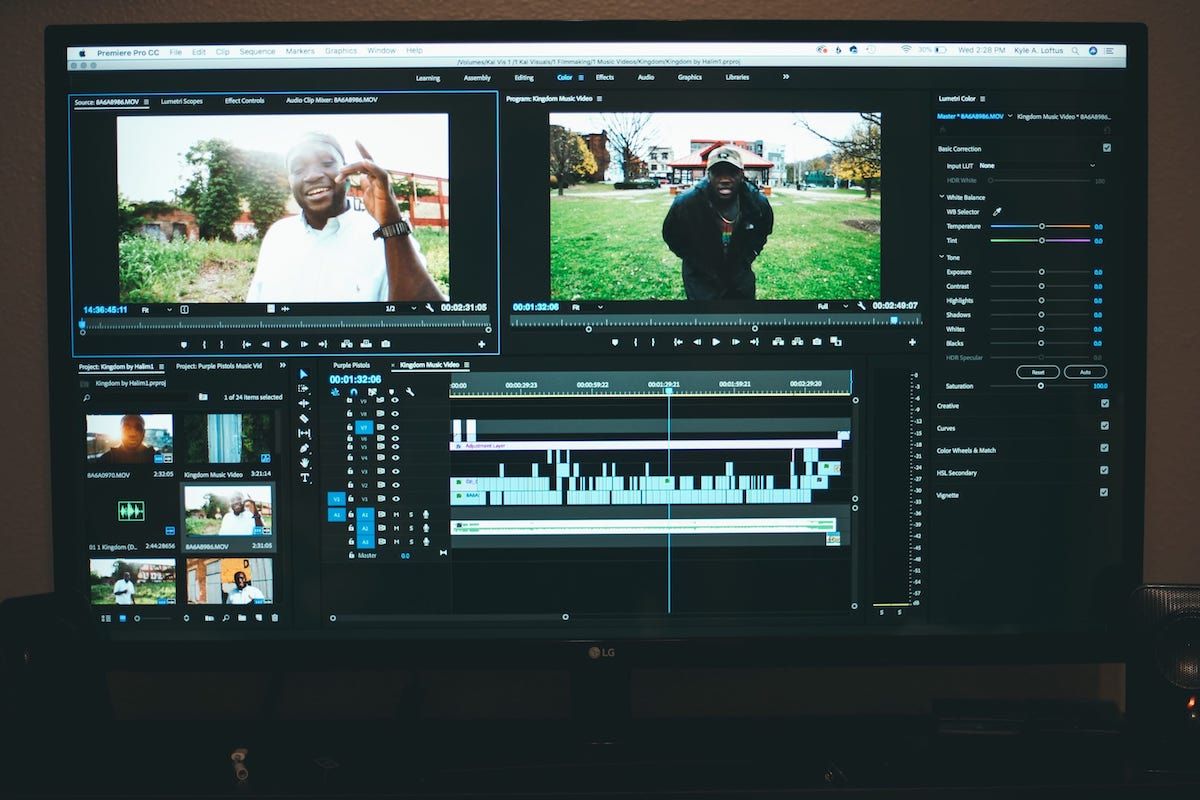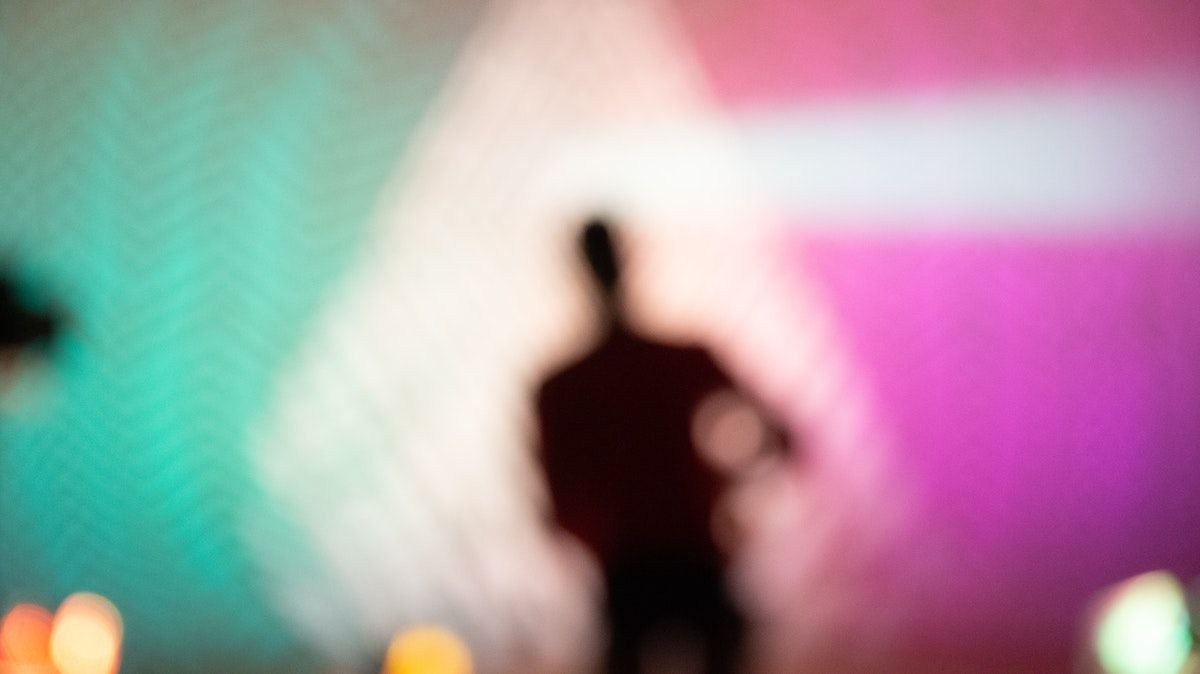Jump Cut Explained: Definition & Famous Examples for Inspiration
Rent film gear from local filmmakers.

Rent film gear from local filmmakers.
Different camera techniques give a different perspective to the viewers. Unique editing techniques will also affect the audience's experience in the same breadth.
One of these techniques is jump cut which aids to showcase only the most important scenes, parts of the story while taking time for the passage. Some vlogs, music videos, etc., have used these techniques.
History of jump cut in film

The jump cut technique was first discovered by French illusionist and movie director George Méliès. He accidentally discovered it when his camera shoved while shooting for a short film - The Vanishing Lady (1896). He then saw and realized that the buildings, objects, set stayed the same; however, people in the frame moved, paving the way to the 'disappearing effect.' He thought this technique could portray various unique meanings and contexts.
To add on, other moviemakers in mid 19th century used the jump cut. For example, in French New Wave (1950), Jean-Luc Goddard's Breathless (1960), you can see these.
Méliès utilized it to separate continuous views of a subject conversing in a moving automobile, which aided to move the story ahead visually.
3 Examples of jump cuts in film
1. City of God
The opening scene and first sequence are a breakneck and jolt in this movie. It is more likely the world of cartels and the drug trade. The opening scene surges into a socked cut of combined effect, pace, and ferocity, laying the groundwork and anticipation for the remainder of the film.
2. Juno
Jump cuts illustrate the teen heroine's physical and mental voyage over her pregnancy in Jason Reitman's comedy-drama Juno. Each jump symbolizes a new stage of the character's evolution through this transformative event.
3. Schindler’s List
Schindler's List (1993), directed by Steven Spielberg in 1993, uses a jump cut. It tells the story of Oskar Schindler, an entrepreneur who employed more than a thousand Polish-Jewish immigrants during the Holocaust. Jump cuts are employed in one scene in the film, and they're used in a way you wouldn't expect from a movie like this. In the heart of a grim Holocaust drama, it's a light, humorous montage.
6 Reasons to use jump cuts
1. To add special effects

The jump-cut editing method is especially useful for sorcery and scary movies because it enables persons or objects to emerge and fade unexpectedly. This is great for demonstrating amazing tricks and improving jump scares to terrify your audience.
2. To build tension
Usage of montage with other tactics aids in creating suspense. It is used in intimate nearer and intermediate shots.
We can often see these happening while there's a "talking heads" segment. People talk, pause, multitask, and stumble over their speech. However, it sometimes gets boring when used on a screen.
This method works well in documentaries because it allows you to follow a logical thread across what the individual says.
3. To introduce characters
A film named Snatch uses this technique. It is a crime thriller where a group is trying to find diamonds. The movie’s director Ritchie uses this technique to introduce the characters.
4. To accent mental states
In the movie The Royal Tenenbaums 2001, when one character attempts suicide, the director uses jump cuts. For this act, he cuts his hair and shaves his beard, and it is where the director uses jump cuts to enhance the scene and somberness.
5. To show the passing of time

Jump cuts are usually achieved by adjusting the camera view and increasing speed time. This is especially effective for compilations when displaying crucial points in a series and demonstrating how events have developed across time.
6. To show a lack of time
Jump cuts add frenzied speed and stress to a scary situation. They are frequently used to portray somebody on the move or rushing and get something to make time appear compressed for the audience.
Want to learn more about film editing?
Jumpcut is a fantastic technique for transitions and filmmaking, emphasizing the characters and scenes.
There are many more editing techniqes to discover. Learn the various film editing techniques today!
What is a jump cut in editing?
ump cuts aid to showcase only the most important scenes, parts of the story while taking time for the passage.
Why is a jump cut used?
To build a sense of transition, tension, introduce characters, etc.






















